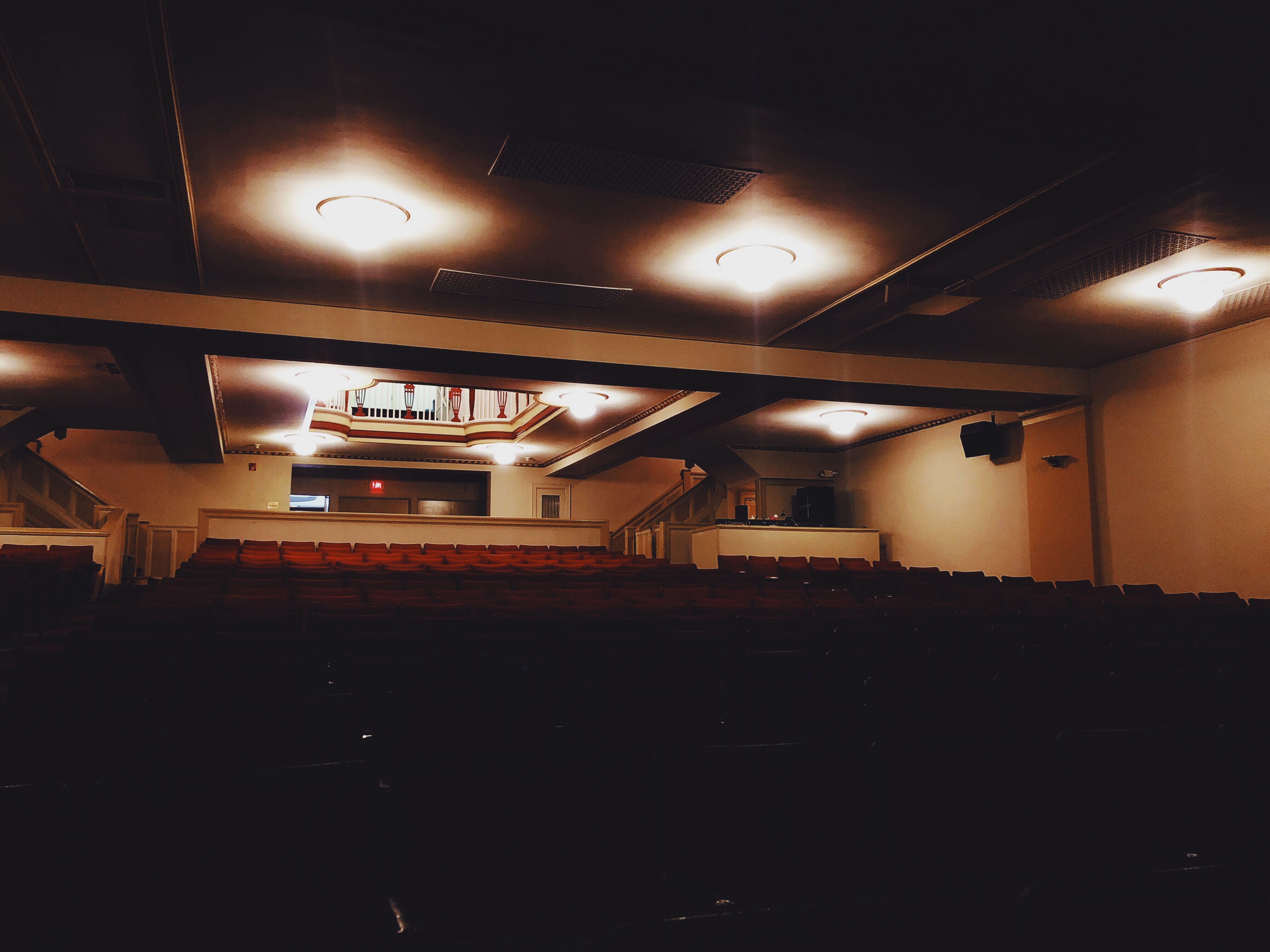An unhelpful tendency of church leaders is to communicate a rosier picture of reality than truly exists. We don’t want anyone to think we aren’t killing it, as they say. Perhaps the inverse is also true – we are tempted to move people to action by communicating a gloomier, more negative picture of reality, i.e. statements like, “Giving has never been this bad!” With the implicit message being clear – give!
Reality, though, is stubbornly complex. Sometimes things are better, and sometimes they are worse. Right now, for many of us, things are harder than they are easier, worse than they are better. I dare not assume this to be a universal experience. But from my vantage point, I think the church’s muscles may be atrophied. They exist. But they’re weak.
Take attendance, for example. I’ve always had an interesting relationship with attendance. It matters, but not in the way we may assume. Attendance does not really measure how many people we are reaching; I think it measures how seriously our members (the people we have already reached) take their commitment to the church. It’s less an evangelistic metric, and more of a discipleship metric, if we can so easily dichotomize those two concepts.
At Rez, our attendance is not terrible, but we see dramatic swings every week. Like, 30-40% of the congregation-sized swings. I actually went back and looked after a particularly discouraging service and could not believe the pattern. One week attendance is high; the next is low, repeating all the way back to the summer, essentially. It has been immensely challenging. The church seems to understand that it should gather, and the high-end numbers communicate that most are finding ways to safely attend in-person service. But it understands that it should gather in much the way I understand that I should work out more. We have been so detached from the practice of gathering, that our gathering muscles have atrophied. Attendance is just one example of many I could have chosen to demonstrate this atrophy.
So what did I do to combat this yesterday? I got on my exercise bike. Literally. Because the only way to fix it, is to do it. The only way to build muscles is to work muscles. The only way to get in a rhythm is to shock the system and start a new habit. But starting and stopping is less than rewarding – it’s the sustained activity that leads to real change. Perhaps a more pressing question is this – will I get back on my bike today? Will the people of God gather again this week? Will we commit, by God’s grace, to leaning back into this journey – this long obedience in the same direction?
I wouldn’t say I’m killing it these days – maybe very imperfectly trying my best is a better descriptor. And maybe you’re something like me. Each stage of pandemic life has brought unique challenges, and the cumulative effect of them can be heavy, disorienting, and discouraging.
But what beautiful opportunity lies in this atrophy. Opportunity to see ourselves as we are, not as we wish we were. Opportunity to get back on the bike, so to speak. Opportunity to praise God for his grace, for sustaining us through these challenging years, and opportunity to ask God to sustain us as we look outward – as our focus shifts from surviving to thriving, from retreating to engaging, from ourselves to others.
There is opportunity in the atrophy because, even here, lies hope. Hope, because these atrophied muscles still belong in the Body of Christ. Hope, because Jesus is still our head. And hope, because Jesus will never cast us out.
MB



